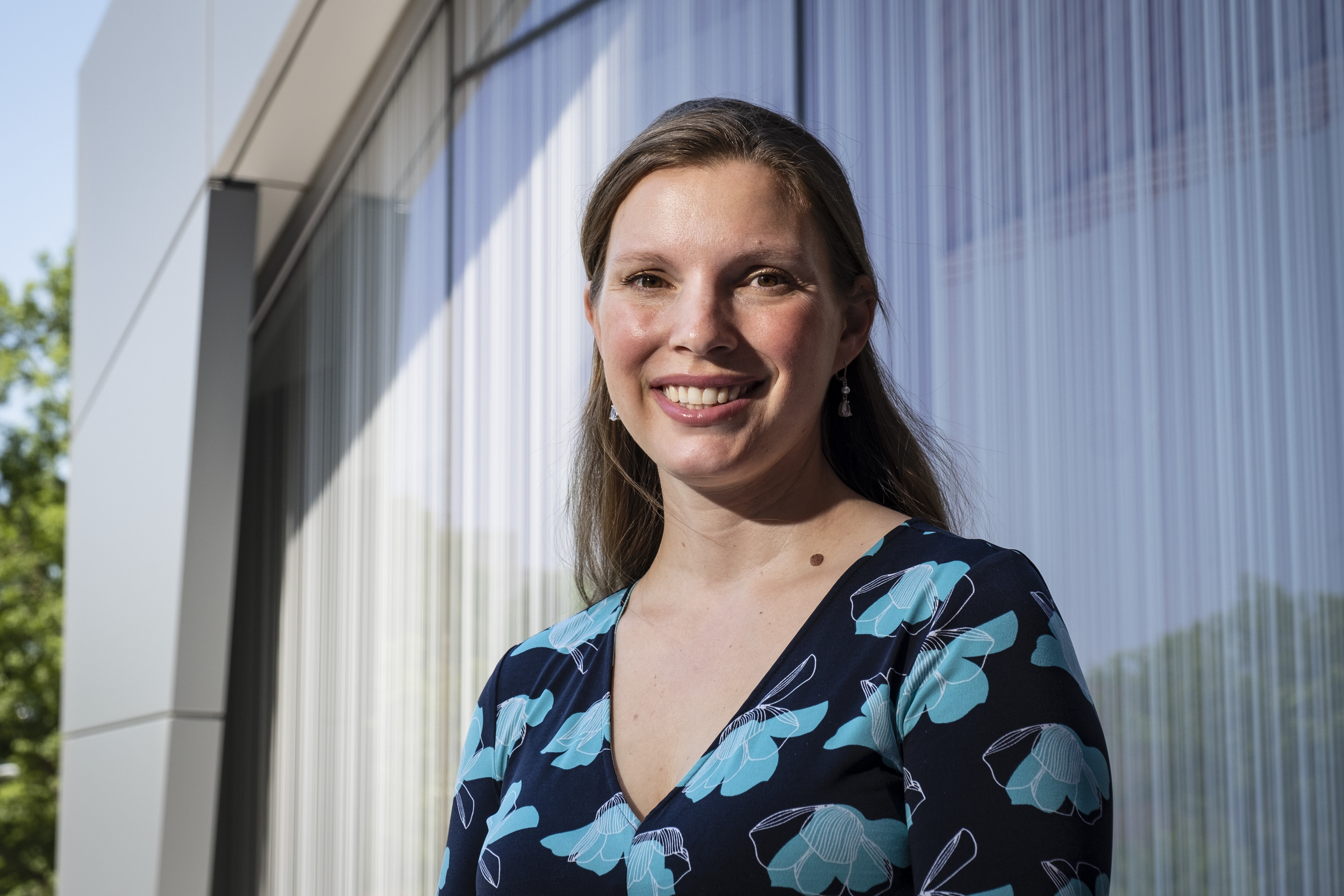Everyone makes at least one choice each day. Some are fairly simple; others are much more complex. They all have outcomes.
But what if the way a choice is presented can lead to an outcome that helps break down barriers and reduces socioeconomic inequity?
The way decisions are presented to people—called choice architecture—is of particular interest to Crystal Reeck, assistant professor of marketing and the associate director of the Center for Applied Research in Decision Making at Temple University.
“Choice architecture is used in the same way that the design of a building and its underlying architecture can shape people's behavior in it—where they use the bathrooms or whether they take the stairs or elevator,” she says.
“There is a growing interest on the research side in understanding choice architecture and understanding how the design of different decision environments can influence people's behavior.”
Reeck, together with three researchers from Columbia Business School at Columbia University, takes a deep dive into what can be learned about the way a choice is presented in Do Nudges Reduce Disparities? Choice Architecture Compensates for Low Consumer Knowledge. Their research was published in the Journal of Marketing and featured in the Harvard Business Review (HBR).
“We were very interested in the extent to which different kinds of choice architecture tools, which are sometimes called nudges, have different effects across different groups of people,” she says. “Specifically, are there some people for whom these choice architecture interventions are more effective and some people for whom they're less effective?”
Nudges generally make a decision simpler or more automatic. For example, limiting the number of options available, removing multiple steps and complex terminology, or having a default selection in place that offers the best option for the person making the decision can all influence a person’s actions.
“One of the really appealing things about choice architecture is that it's very low cost,” she says. “Setting a default where one option is pre-selected is really inexpensive when compared to things like financial education or advertising campaigns that raise awareness of something.”
Reeck’s research reveals that these nudges frequently play a key role in reducing the socioeconomic barriers that contribute to inequity in areas including health, finances and purchasing behavior.
“One of the things we found really striking was that across a range of different experiments done for different types of decisions and across a range of different tools was that people who are low-socioeconomic status (SES) are more strongly influenced by these choice architecture tools than those who are higher SES,” she says.
For example, the researchers examined how businesses could help their most vulnerable employees save for retirement.
“By doing something as simple as creating a structure where people would have to opt out of contributing to their 401k plans instead of opting in, you can substantially boost the number of people who are contributing to their retirements and saving money,” she says.
In their HBR article, Design Systems with Your Most Vulnerable Users in Mind, the researchers note that while most people assume that someone with a lower SES would reject a retirement savings option in favor of bringing home more money each pay period, the opposite was true.
“People with a low socioeconomic status were more likely to keep the default savings option when compared to people with higher socioeconomic status,” the researchers say.
The data also shows that default contribution plans ended up having a bigger influence on lower SES employees than employees who were seen as having a higher SES.
“When 34 U.S. employers switched their retirement plans to automatic enrollment, retirement savings more than doubled among low-income employees whereas the savings and welfare of high-income employees were relatively unaffected,” the article notes.
“High-income employees are more likely to change the default if it does not fit and save for retirement whether or not they are automatically enrolled by their employer.”
The team also reported testing other tools to simplify financial, retail and health decisions, which removed inferior options or sorted them from best to worst. All also reduced socioeconomic disparities by helping vulnerable individuals the most.
“We are now opening the door to a whole new frontier in understanding that these tools work at different levels for different groups of people,” Reeck says.
“One of the things that is exciting about this research is it indicates that choice architecture can be used to reduce disparities. By nudging beneficial options, policymakers and marketers can help reduce disparities based on SES.”
This article originally ran in On the Verge, the Fox School’s flagship research publication. To check out the full issue of On The Verge: Business With Purpose, click here.

